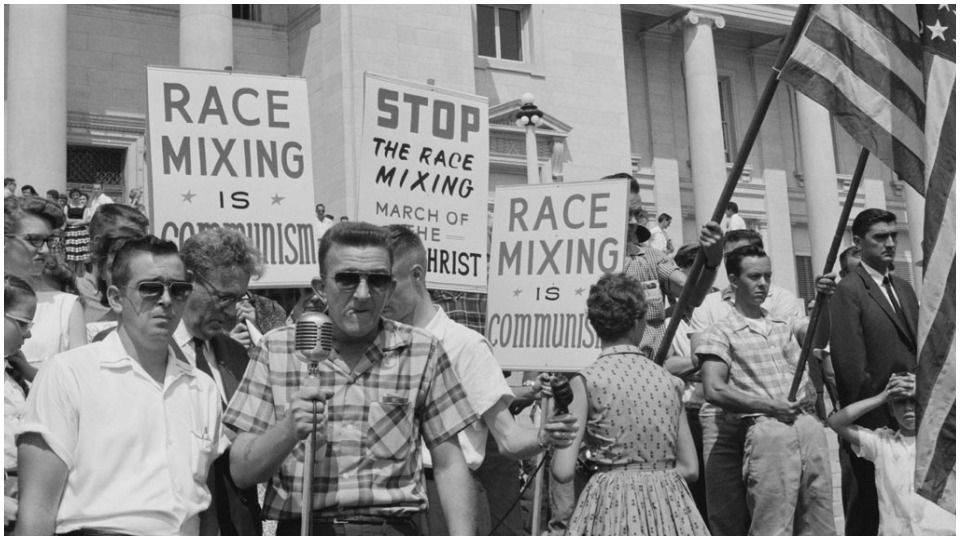
Healthcare access remains an urgent issue for millions of Americans. Trump’s empty promise last month to “sign a health insurance law in two weeks” confirms this reality. As many as 12 million workers in the U.S., since the economic collapse, have lost their health insurance, according to the Economic Policy Institute.
Many millions more go without stable coverage or face costs so high that they often choose to go without needed medical care. 43% of respondents to a survey that was conducted over the first six months of 2020 by the Commonwealth Fund said they are in this bind.
As many as 50 million workers have been thrown out of work since the COVID-19 pandemic began in March. Most health insurance for people under 65 comes through employer-sponsored insurance benefits. When a worker loses their job, they lose their insurance benefits.
Some manage to get coverage through other household members, through expensive stop-gap programs, and through Medicaid programs expanded under Obamacare––if they happen to live in a state with expanded Medicaid. The cost of stop-gap plans is so high, however, they typically offer little benefit. And many state-based Medicaid expansions under Obamacare were blocked by Republican-dominated states that opposed it on ideological grounds.
One notable exception is Oklahoma. This year, despite Republican Party dominance of the state’s political offices, Oklahoma passed by popular referendum a Medicaid expansion—a decade after Obamacare’s original passage! Evidently, despite right-wing dominance of political power in that state, people’s real needs can drive choices for structural change.
For the past three-plus years as president, Trump has tried to dismantle Obamacare, notoriously lashing out at his allies in Congress and the Supreme Court who refused to overturn the law.
Despite Republican congressional majorities in the first two years of his term, Trump refused to act on health reform. Her saw no personal benefit in doing so. Instead, he started a trade war with China, fomented conflict in Yemen, coddled fascists in Charlottesville, and disrupted a viable nuclear treaty with Iran (which he now regrets). He shifted resources around in the Pentagon budget to build part of a wall on Mexico’s border. It remains not only a laughing-stock monument to xenophobia but a source of massive corruption for his cronies, such as alt-right figurehead Steve Bannon.
Republicans displayed their worship of Trump in the form of a substance-less national convention in August, which violated U.S. laws prohibiting the use of public property and resources for personal or political gain. The Trump adulation ceremony delivered no plans, platform, or solutions to the major problems confronting the U.S. today.
Least of all did Trump or his allies present solutions to the crisis of public health and the failed health insurance mess.
Why does the U.S. working class allow itself to continuously fall into a health crisis where millions lose access to coverage when the economy and employment numbers dip?
From a working class point of view, a national insurance program that leaves no one out, is immune to recession, and is free of competing party squabbles makes sense. The tools and programs already exist in the Medicare system. The united fight for a full expansion of that system would empower workers immeasurably. The struggle, together with its victory, would maximize working class democratic rights and power within the current capitalist framework.
The claim that health benefits are the sole pillar of worker support for unionization simply doesn’t hold up.
So why don’t we seem able to get over the hurdle?
The answer lies in the twin poisons of racism and anti-communism. As New York Times journalist Jeneen Interlandi reports for the 1619 Project, the first attempt at a federally-supported medical care system was started in the closing years of the U.S. Civil War as smallpox epidemics ravaged military camps that housed self-liberated former slaves.
Military medical professionals and abolitionist health experts built numerous hospitals and clinics. They made medical care a feature of their work in the Freedmen’s Bureau. But because these facilities served primarily Black formerly enslaved men, women, and children, they were underfunded and allowed to languish into insolvency.
After the collapse of Reconstruction and the reinstallation of white supremacy in the South, white politicians habitually resisted public systems that might threaten to end racist segregation, such as public schools and public health systems.
Their influence in Congress was so powerful that in 1943 when a bill proposing a national health insurance plan went up for a vote, President Roosevelt gave it only mild support. He relied on the bloc of Southern Democrats for some of his major policies and didn’t want to alienate them. They had written into labor and Social Security laws rules that excluded occupations such as farm labor and domestic labor from benefits of the new reforms. Those policies contributed to present-day wide disparities in wealth, employment, and wages between white, Black, and Latinx workers still. Southern politicians took these steps specifically because they wanted to prevent Black people from accessing the benefits of labor unions and Social Security.
Southern Democrats blocked that first attempt at a national health insurance law for precisely the same reason.
Five years later, in 1948, President Harry Truman advocated for a national health insurance law. This time, the racist segregationists in Congress aligned with Republican Party anti-communists, united those two issues, and shifted the center of political gravity away from working class solutions. In that new political climate, the opponents of a national health system (most famously actor Ronald Reagan) ranted that a national system would allow Soviet-style communism to infiltrate the U.S.
Anti-communism buttressed anti-Black racism. Racist hatred of Black people and ideological hatred of socialism fueled the political movement against a national system that makes sense. And too many white workers, even some who had benefited from unity with workers of color in the trade union struggles of the 1930s and 1940s, allowed this irrational fear of communists and the loss of white supremacy to distort their vision of what actually makes sense.
As a result, the capitalist class left U.S. workers to struggle with a bloated, expensive, inefficient private and individualized insurance mess for 70 years. Today, we get empty promises from Trump for fantasy laws sometime in the next two weeks. Or, we get partial solutions from career politicians who seek compromise before showing up for the fight and are too eager to surrender working-class practicality for capitalist skullduggery.
Meanwhile, millions are left with only a hope they don’t get sick during a pandemic that has killed 190,000 of their neighbors, friends, and family members.










